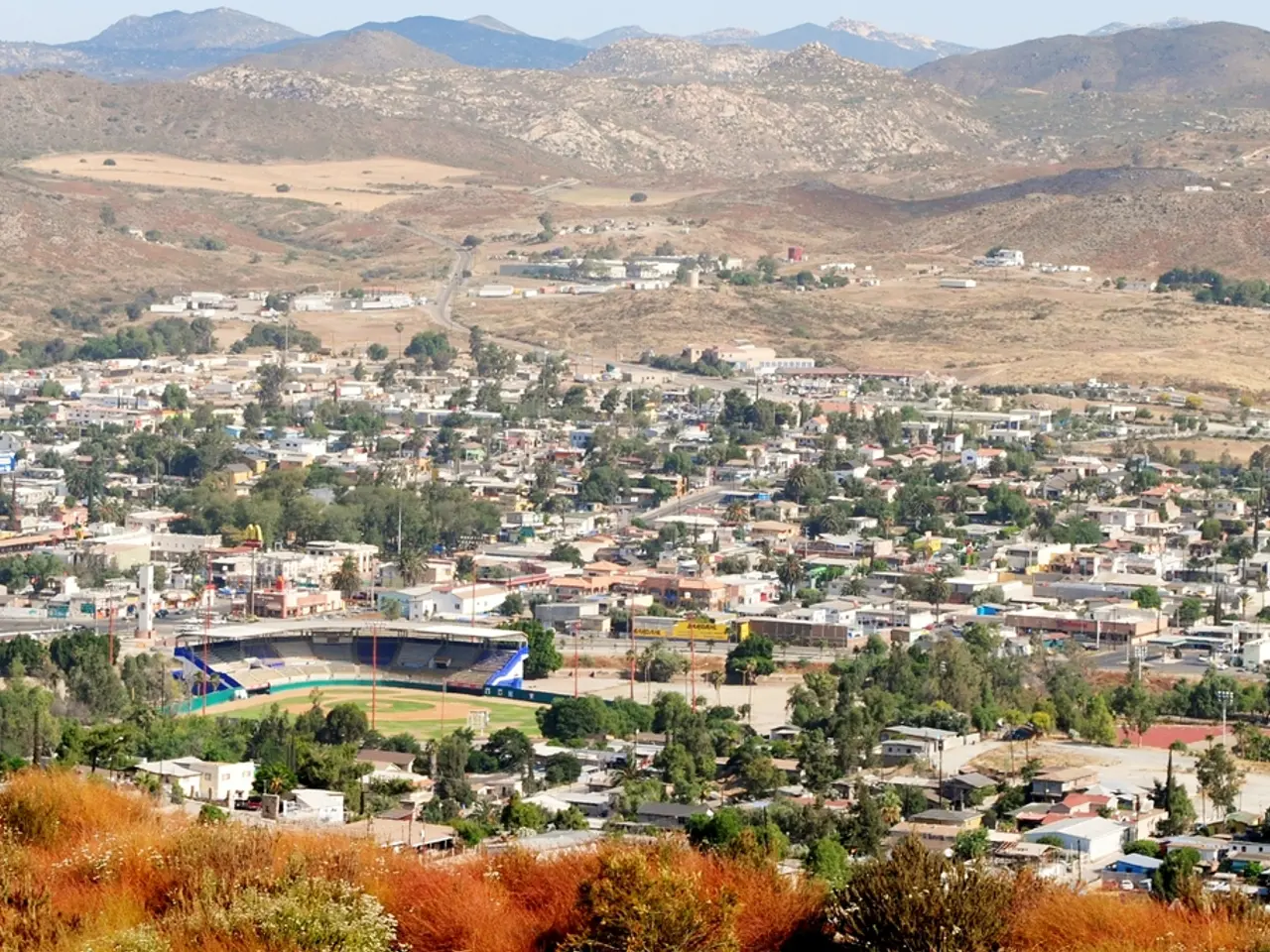States witness renewed attempts at political district manipulation following Texas' redistricting dispute, dubbed as gerrymandering.
In a move that could significantly reshape the political landscape, redistricting efforts are gaining momentum in several US states, with Texas leading the charge. Traditionally happening every 10 years, redistricting is now being pushed forward by leaders of both parties, sparking a nationwide fight over district maps.
The stakes are particularly high in Texas, where a GOP-led redistricting plan aims to add five Republican-leaning congressional seats. This move, if successful, could significantly improve the GOP's chances of maintaining control of Congress for the remainder of Trump's term.
The motivation behind these efforts is clear: Republicans in Texas seek to maximise their representation amidst demographic changes, using legal challenges to contest existing coalition districts under the Voting Rights Act. They argue that past districts were racially based gerrymanders that must be "corrected."
Meanwhile, Democrats in states considering countermeasures face hurdles, such as California’s non-partisan redistricting commission, making partisan map changes more difficult.
The potential consequences for the 2026 midterms include a net gain of about five House seats for Republicans in Texas. However, demographic and political trends add uncertainty to the final political consequences. Four of the newly proposed districts in Texas have Hispanic majorities, and while Trump made gains with Hispanic voters in 2024, surveys suggest declining support due to dissatisfaction with Republican handling of inflation and immigration, which could affect election results.
Ongoing litigation in Georgia and Louisiana could force those states to establish new congressional lines, while Ohio, with a current 10-5 Republican advantage in congressional seats, is likely to gain additional GOP seats due to the GOP-controlled state legislature.
The current breakdown in the House of Representatives is 219 Republicans to 212 Democrats, with four vacancies. The ongoing redistricting efforts could tip the balance in favour of the Republicans, but the final outcome remains uncertain.
Interestingly, Republican-led efforts to gerrymander new GOP-dominant districts have led Democrats to backtrack on their support for nonpartisan redistricting processes. Independent redistricting commissions, often advocated for by Democrats, drew a larger share of seats that would have otherwise been drawn by Democrats in the wake of the 2020 census.
There are ongoing debates about whether Democrats might resort to gerrymandering in response to the Texas redistricting fight. As the battle over district maps intensifies, it remains to be seen how the political landscape will change in the coming years.
- The 2026 midterm election could see a significant shift in political representation, as there are ongoing redistricting efforts in several US states, such as Texas, which are designed to create more Republican-leaning districts.
- While both Republicans and Democrats are engaged in redistricting, the stakes are particularly high in Texas, where the GOP aims to add five Republican-leaning congressional seats, potentially tipping the balance in the House of Representatives.
- The Democratic party, faced with the Republican-led district map changes, particularly in Texas, are questioning their earlier support for nonpartisan redistricting processes.
- With ongoing redistricting efforts, ongoing litigation in states like Georgia and Louisiana, and changing demographic and political trends, the political landscape for the coming years remains uncertain and subject to intense debate.








